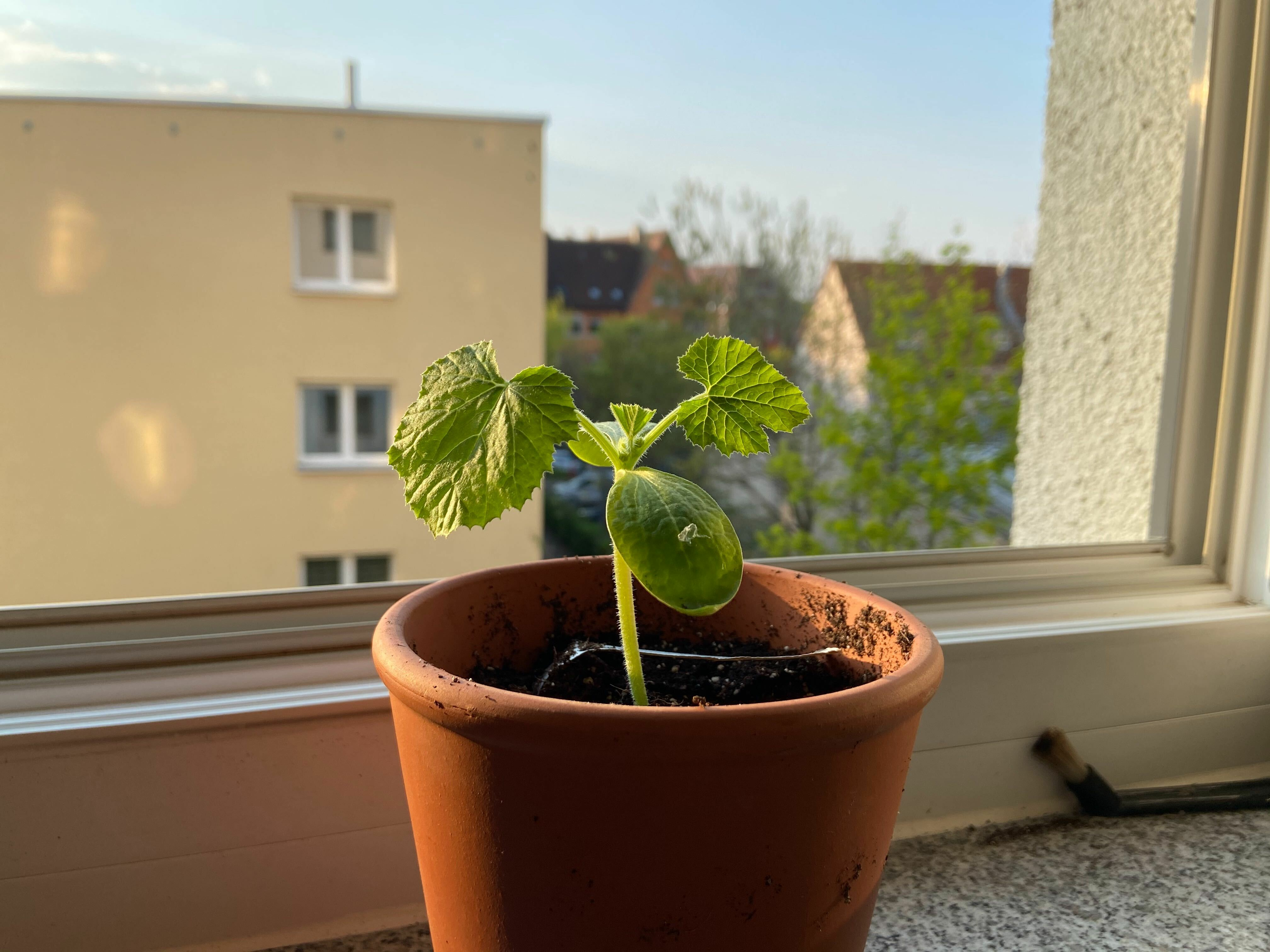
Plan & Prepare Your Vegetable Garden: This Is How
The new gardening year has begun and we amateur gardeners are already itching to get started. But when is the right time for the first preparations and what needs to be done? This article is intended to give you an overview so that you can start the new season at full speed.
This Article Contains:
- January/February: Bed and Garden Planning
- Create a New Vegetable Patch: Your Possibilities
- Propagating Vegetables: The Best Time
- End of February: Which Vegetables Can I Grow?
- March: Sowing and Planting
- Prepare Vegetable Beds
- April: Final Preparations for the Gardening Year
- May: Even Sensitive Plants Can Now Be Planted in the Bed
- Frequently Asked Questions
Quick Overview
Planning Your Gardening Year: An Overview of Gardening Tasks
- January: You can use this time to reflect on the last gardening year and plan the following gardening year. Answer the following question: Which crops do you want to grow and how do you plan your beds?
- February: At the end of February, you can start growing some vegetable plants and herbs to give them a head start.
- March: Now you can plant out the first young plants and sow the first vegetables directly into your bed. Now is also a good time to plant fruit bushes and shrubs.
- April: In April, you make the final preparations and prepare the last beds and planters. You can put out the first young plants to make room for new seedlings on the windowsill. Be sure to harden off your young plants before planting!
- May: Plants that are sensitive to cold and frost can now be planted in the bed. Now you can plant and sow whatever your heart desires.
January/February: Bed and Garden Planning
In January and February, the garden goes dormant in the cold. However, we gardeners can use this time to think about a few important things. Which vegetable plants and herbs do you want to grow this year? If you haven't thought about it over the winter, now is the time! Take a moment to recap last year's experiences. Which crops worked well in your garden and which didn't? Why did something not work? Which plants do you definitely want to grow again? If you want, you can make little notes or even start a garden diary. Get your seed stocks out of the cupboard and rummage around a bit to see what else is available or what else you should get? In spring, there are usually swap markets for gardening enthusiasts where you can also find Heirloom, Rare Varieties.

Once you have decided which vegetables you definitely want to have in your beds, you still need to choose the right place for them. In a healthy Crop Rotation, the same plant families should never grow in the same place for several years. Mixed Cultivation, i.e. the right combination of different vegetable plants in the bed, is also crucial for a harmonious balance in the garden. Not only can you make optimum use of the space in the bed, the plants can even support each other's growth and protect each other from pests!

New to Gardening?
Are you just getting started with gardening this year and feeling a little lost in all the information out there? No problem! With our bed planner you can easily plan a colorful mixed crop.
Plan Your Vegetable GardenCreate a New Vegetable Patch: Your Possibilities
Here you will find step-by-step instructions on How to Create Your Own Vegetable Patch. Below you will find an overview of the various options for creating a bed.
- Raised beds are currently very popular and not without reason. The soil warms up more quickly, they are easy to maintain while standing up and the plants are better protected from snails and other pests thanks to the height. Perhaps You Would Like to Create Your Own Raised Bed This Year?
- In permaculture, we often talk about Hugelkultur beds. These work like a kind of compost that can be planted directly. This way, the plants are constantly supplied with new nutrients and microclimate zones are created, which can be very beneficial for the special requirements of many types of vegetables. Here you can find out How to Create Your Own Hugelkultur Bed and which plants are suitable for it.
- With the help of Sheet Mulching, you can easily convert unused areas into a vegetable patch without unnecessarily stressing the soil by digging. You cover the areas with cardboard, soil and mulch - the microorganisms in the soil then do the rest for you. Because sheet mulching involves layering the materials on top of each other, the finished bed is also known as a lasagne bed.
When creating new beds, we recommend that you refrain from digging. Digging disturbs the soil life. You can find more information about gardening without digging and the No Dig Method in our article.
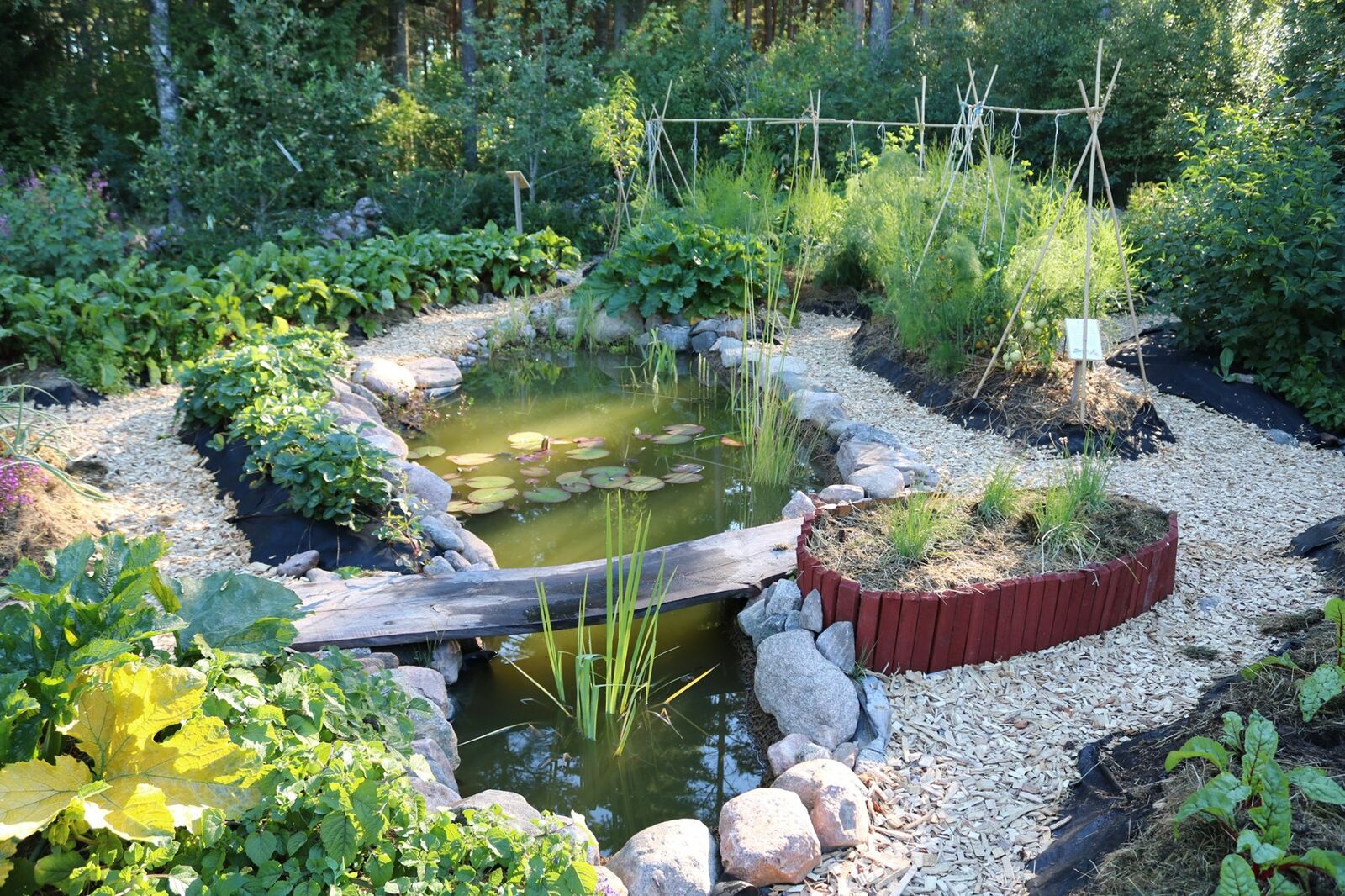
Propagating Vegetables: The Best Time
As soon as you have decided on this year's vegetables, the question arises: Which vegetable plants should be grown in advance? There is a separate overview on this topic so that you can better assess which plants you should generally Propagate or Sow Directly.
The ice saints are a guideline for us hobby gardeners; they bring the last frosts of spring in mid-May. After that, plants that need warmth can be planted out or sown directly into the bed. To ensure that all plants are ready to grow outdoors at this time, you should preplant them at the right time. The germination period and development speed of different vegetable plants vary greatly. Below you will find an overview of when you can start which plants indoors or sow them outdoors. Tips for Successfully Growing Vegetable Plants can be found here.
End of February: Which Vegetables Can I Grow?
| In Warm Places, e.g. On the Windowsill | Sow Outdoors (Only in Mild Climates!) | |
|---|---|---|
| Eggplant | Radish | Broad beans |
| Basil | Rosemary | spinach |
| Chervil | Rucola | |
| Kohlrabi | Salad | |
| cress | Sage | |
| lavendar | Celery | |
| Bell pepper | Tomatoes |
Now you can preplant the first crops that will go into your beds, such as kohlrabi or chard. This will give them a head start and you can harvest earlier. You can also grow slow-growing and heat-loving plants now. As the days are still quite short in February, Plant Lamps can help to grow healthy young plants. Otherwise, too little light can lead to unstable and stunted young plants.
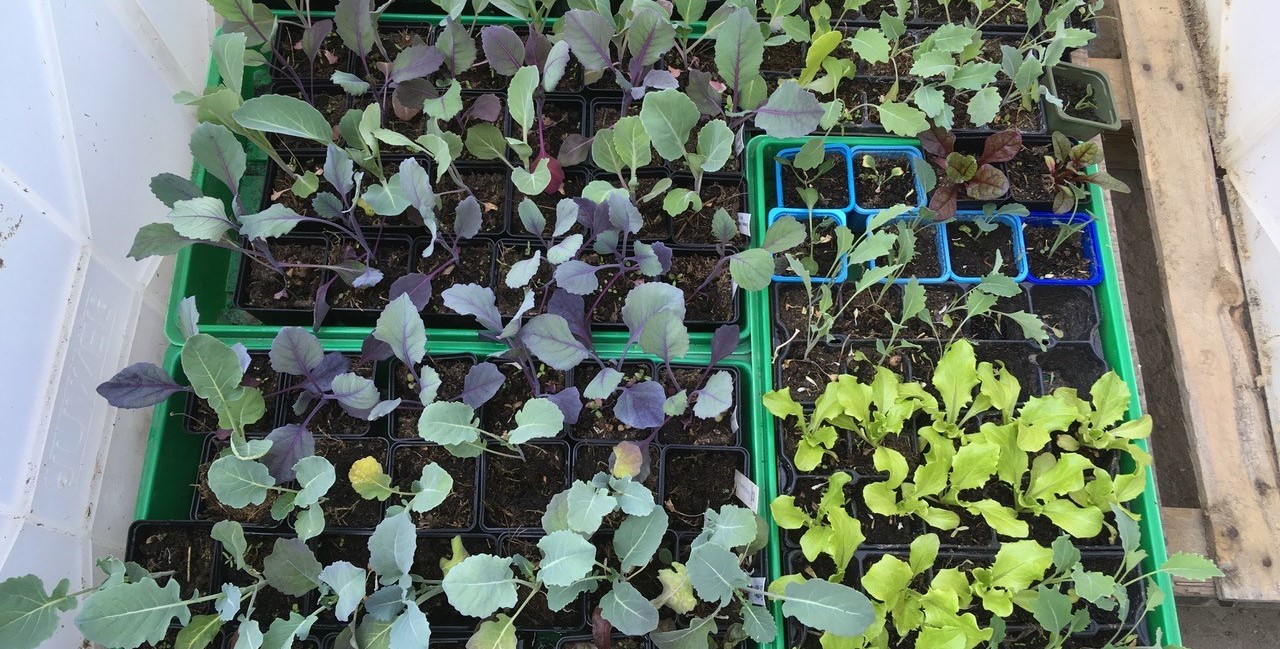
You can use our yield calculator to find out how many plants you need to pre-grow for your area or to achieve a certain yield. You can easily calculate your yield or, conversely, work out how much space you need to grow enough vegetables (very useful for self-sufficient growers!).
March: Sowing and Planting
March is a busy time for sowing and planting. Cold frames, greenhouses and foil tunnels can be very helpful at this time of year, as they enable early sowing and planting. Despite the protection already provided, the early quarters should be additionally covered with blankets or similar on cold nights. When the sun is shining, you should open the closed rooms to avoid heat build-up. The only important thing is to close them again in the evening!
- Planting: Lettuce, kohlrabi, rhubarb root pieces, Jerusalem artichokes. March is also the perfect time to plant fruit trees and shrubs!
- Early sowing: Other hardy vegetables can be sown outdoors in March. Black salsify, parsnips, carrots, onions, lettuce, radishes, spring radishes, turnips, broad beans and spinach can cope with a moderately cold spring climate. Leeks, cauliflower, pointed cabbage, white cabbage and savoy cabbage can be sown under cover and later transplanted outdoors. They develop faster under protection. The first peas are also ready from the end of March.
- Preparation indoors: Seed potatoes can be placed next to each other in a bright, moderately warm place for pre-sprouting.
You can find more information on When to Plant and Sow Which Vegetables Here.
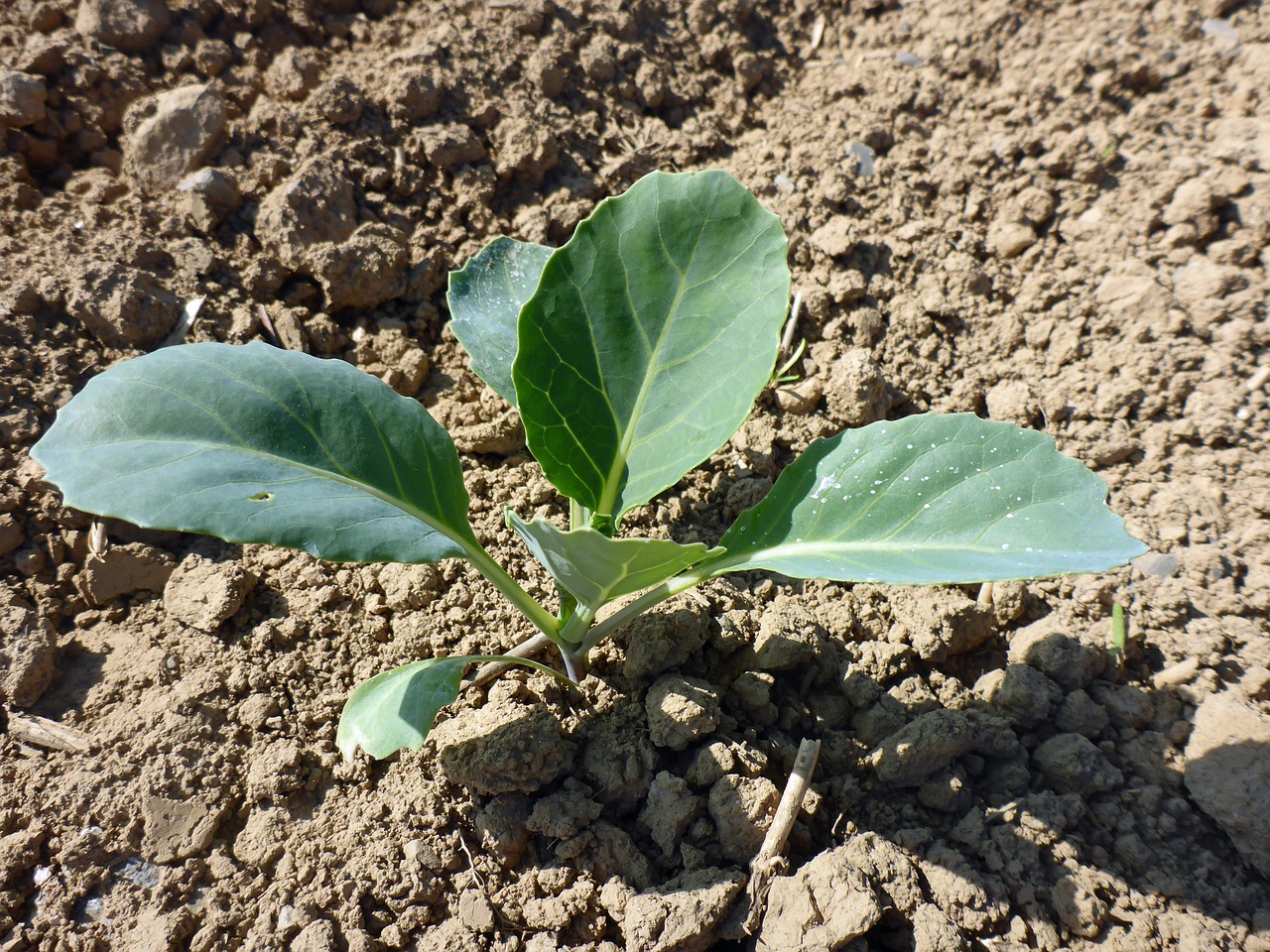
Prepare Vegetable Beds
To prepare vegetable beds for the season, they are loosened, "cleaned" and then raked until finely crumbly. You can either carefully loosen the soil with a digging fork and then remove the weeds with a hoe. Alternatively, you can simply apply organic material to prepare the soil for the next season. Charles Dowding recommends a layer of compost about 2.5 cm/1 in thick, although you will need more on poor soils. The compost also works to suppress weeds. However, if you have particularly stubborn and persistent weeds, you may also need to use cardboard or cardboard to get rid of the weeds.
But when is it best to work the soil for the first time? Heavy soils warm up more slowly than their light relatives as they contain more water. If the soil is still too wet, tillage can be very laborious. You should therefore only start loosening the soil and removing weeds once the soil has become dry and warm. While you're at it, you can take the opportunity to Improve Your Garden Soil straight away. There are various ways to improve your soil, depending on the soil texture. So before you get started, do This Simple Soil Test to find out what your soil is roughly made up of. If you want to sow directly into the bed early in the year, only prepare these areas and save the rest for warmer days.
April: Final Preparations for the Gardening Year
Preparations are in full swing in April, because soon you will be able to sow as you please!
- Prepare the final beds & planters for their future inhabitants.
- Seedlings of cabbage and lettuce are planted in the garden.
- Perennial herbs such as lemon balm, tarragon, chives, lovage, peppermint, sage, thyme and lavender can be planted out and sown outdoors.
- Towards the end of April, you can slowly acclimatize the first young plants of tomatoes, zucchinis and cucumbers to outdoor conditions. To do this, place them outside for a few hours during the day, but keep them indoors at night. You can find More Tips and Instructions on Hardening off Plants in this article.
- In the herb garden, most aromatic herbs are sown outdoors. Heat-loving herbs such as basil and marjoram should be kept in sheltered places, e.g. on the windowsill or in a greenhouse.
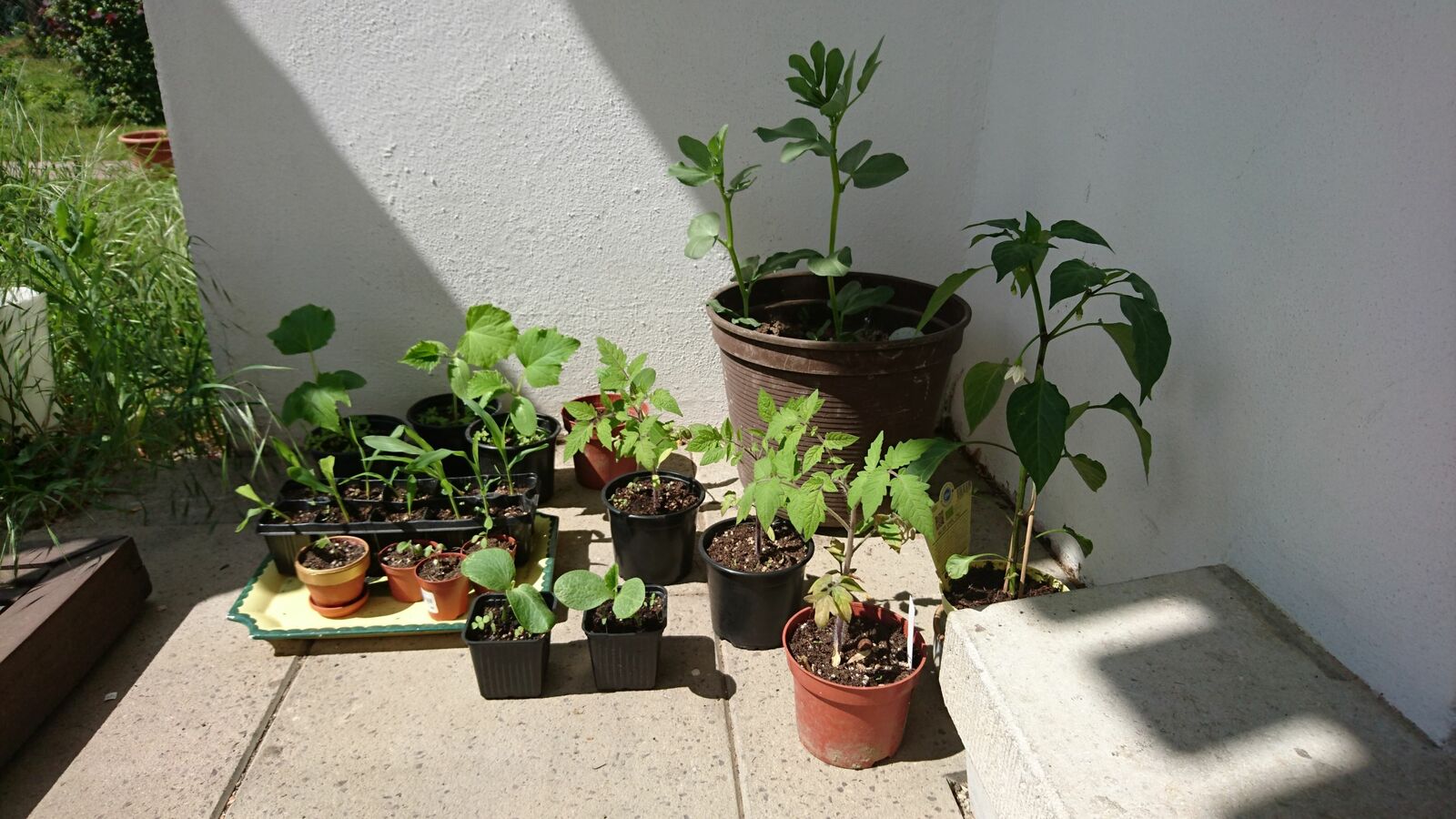
May: Even Sensitive Plants Can Now Be Planted in the Bed
Finally, May is here! It marks the start of the gardening season and there's no need to hold back any longer. Plants that need warmth and are sensitive, such as cucumbers, zucchinis, tomatoes, peppers, sweetcorn and artichokes, stay indoors until after the ice saints and then move to the vegetable patch. Otherwise, you can sow and plant whatever your heart desires from May!
If you have any questions or comments, please write to us at [email protected]. Would you like to receive helpful gardening tips all year round and plan your own beds optimally? Then register here or download the Fryd app for Android or iOS.
Fryd - Your digital bed planner
Source: Charles Dowding, #No Dig, 2023, Munich: Dorling Kindersley Verlag GmbH

Annabell
Annabell is studying agricultural biology at the University of Hohenheim. She also enjoys gardening in her private life, spends a lot of time in nature and loves to be creative.
Learn MoreCurrent Topics in the Community
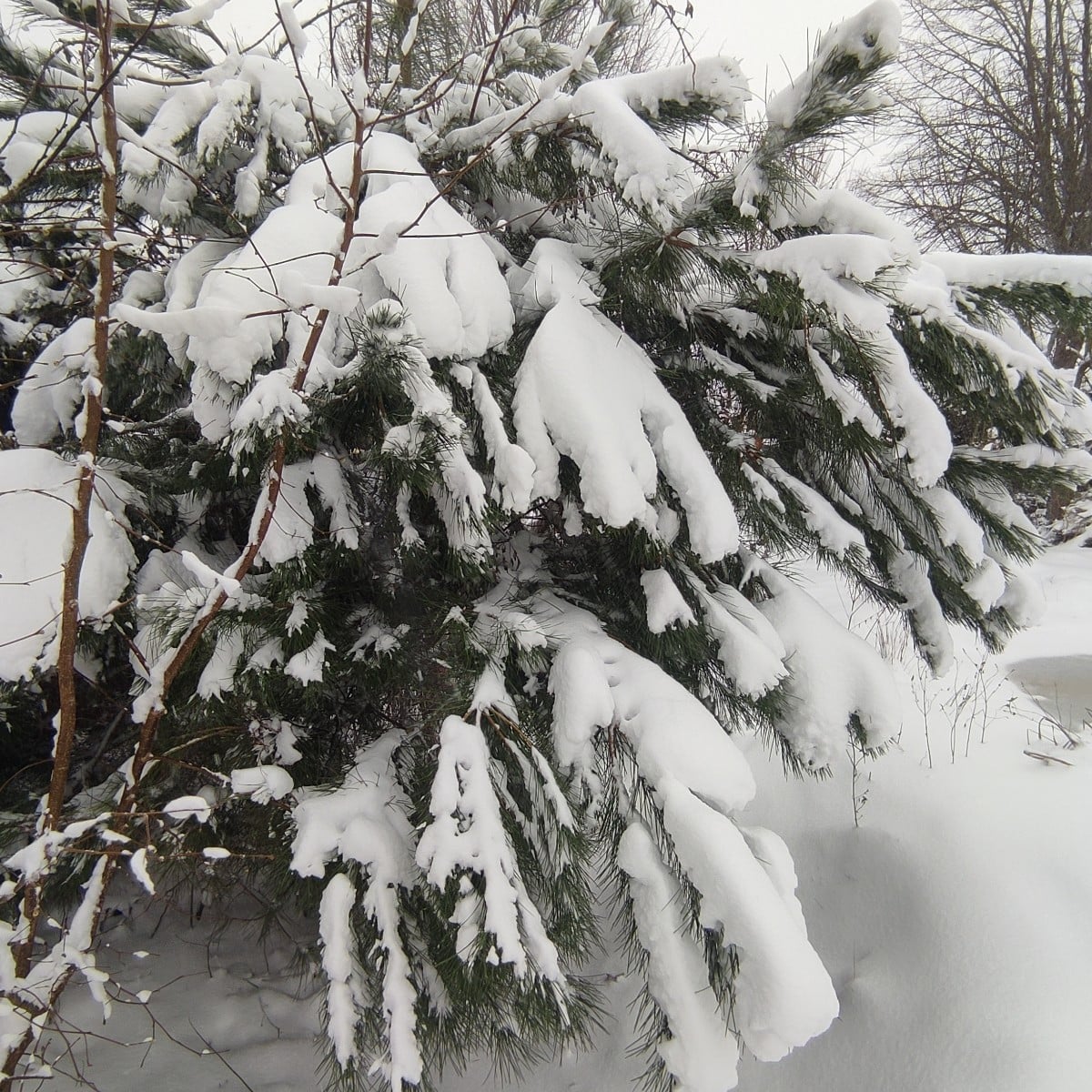
Liked 1 times
The pine tree is bearing the weight of the snow.
Show 1 answer
Hello lovelies, I could use your advice...this year I planted @rosenkohl and @gruenkohl for the first time. The kale grew really well after planting in the fall and had really big leaves until the cabbage white butterfly attacked it. I then harvested quite a bit and put netting over it, but somehow it hasn't really recovered since then. We've had frost since last week and it snowed yesterday, the temperature during the day is 0°C. The kale and Brussels sprouts are now looking very weak and I'm wondering where the fault lies, as both varieties should be able to withstand such low temperatures? Does anyone have any tips?
Show 5 answers
Liked 1 times
It stops being beautiful. ☃️☃️
Show 1 answerPopular Articles

Overwintering Parsley: How to Do It Successfully

How to Grow Lettuce in Winter: Varieties, Sowing, Harvesting

Growing Sage Plant: Tips for Sowing and Harvesting

What Herbs Can Be Planted Together?

Create & Design a Permaculture Garden

Overwintering Plants: Tubs, Pots and Raised Beds

Pruning, Fertilizing & Propagating Currants: Care Tips

Pruning Raspberries: How to Do It

Vegetable Garden With Greenhouse: How to Use Greenhouse Effect

Winterizing Beds and the Garden: How to Do It
FAQ
When does the gardening season start?
The gardening season starts at the end of February. Things really get going in the spring from March/April, when the first cold-tolerant plants are planted in the beds.
What is the best time to bring vegetables forward?
Vegetables should be pre-grown in good time before the last frosts in May so that you can plant larger plants in the bed. Some vegetable plants, such as peppers, grow particularly slowly and can be started at the end of February.
What types of beds are there for creating a vegetable patch?
Raised beds, mounded beds and lasagne beds (sheer mulching) are soil-friendly methods of creating a new bed. Here, no digging is required and the soil is not dug up and disturbed.
How do you prepare vegetable patches for the season?
You can loosen the garden soil with a digging fork (avoid digging!) and carefully remove unwanted weeds with a hoe. Alternatively, you can mulch with compost to improve the soil structure and suppress weeds.